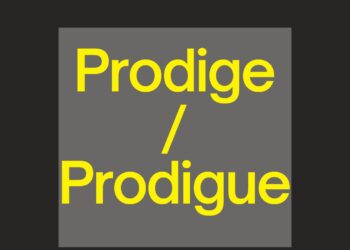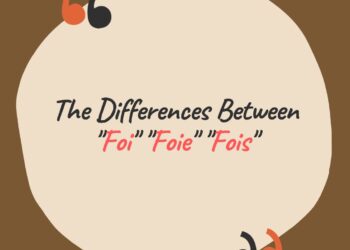The verbs “clouer” and “clouter” look similar but don’t have exactly the same meaning.
Table of Contents
ToggleClouer

The French verb clouer means “to fasten or secure using nails.” It is used when nailing objects together, attaching them to surfaces, or assembling things.
Some examples of using clouer in French include:
- Nailing wooden boards or planks together to make a surface or structure. For example, Le menuisier a cloué les lambourdes pour construire le plancher. – “The carpenter cloued the planks together to build the floor.”
- Hammering nails into a wall to hang or mount an object on it. For example, Elle a cloué le cadre au mur. – “She nailed the picture frame to the wall”
- More broadly, assembling or constructing something using nails as fasteners. For example, Ils ont cloué les morceaux de bois pour construire la cabane. – “They cloued the pieces of wood together to build the shed.”
So in essence, clouer refers to the action of fastening, securing or assembling using ordinary nails as the method of attachment. The English equivalent is “to nail,” but clouer can imply bringing objects together through nailing versus just attaching one thing to a surface.
Clouter

The verb clouter in French means “to decorate or adorn with nails“, mainly for decorative purposes. For example, in tapestry art, fabric can be clouted onto a headboard or armchair. The nails serve to hold the fabric in place while embellishing the furniture.
Before painted crosswalk stripes existed, metal nails called clous were hammered into the road to mark pedestrian crossing points. This is where the term clouted crosswalk comes from.
Other examples of the verb clouter include a clouted belt, which has decorative nail heads, and clouted tires, which have metal studs for traction.
You can also clouter foods like onions or meat by sticking cloves into them. The cloves add spice and flavor.
So in summary, clouter involves decoratively attaching or embedding nails, metal studs, or cloves to objects for aesthetic purposes or functional benefits like traction and flavor. The English verb “to stud” captures some of the meaning, but clouter has a more decorative connotation.
Examples
- Ma grand-mère aimait clouter ses coussins avec de jolis boutons décoratifs. – “My grandmother liked to embellish her cushions with pretty decorative buttons.”
- Le designer a clouté la veste en cuir avec des clous à tête apparente. – “The designer embellished the leather jacket with visible nail heads.”
















